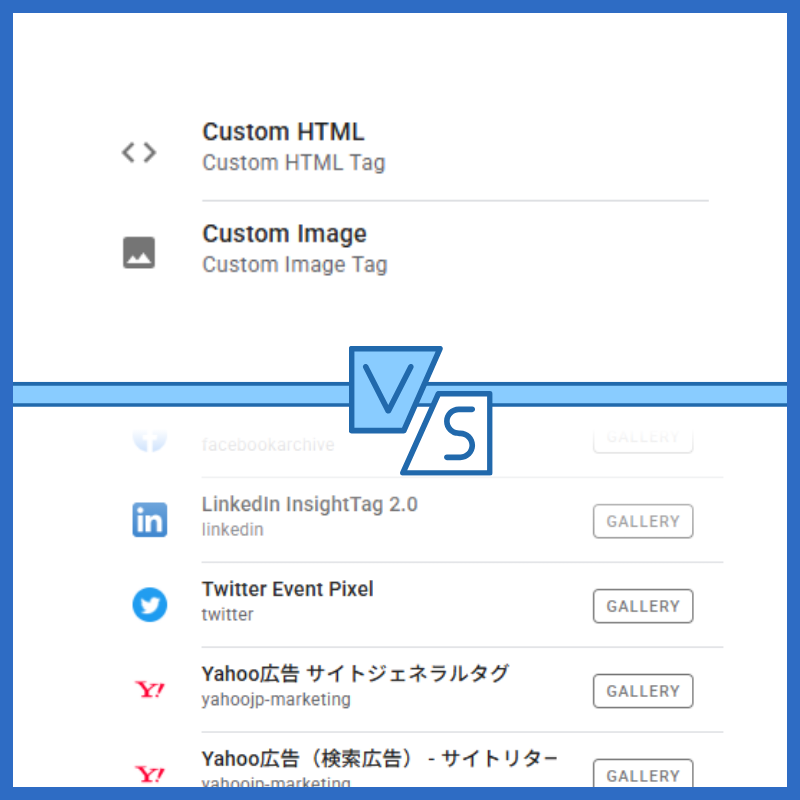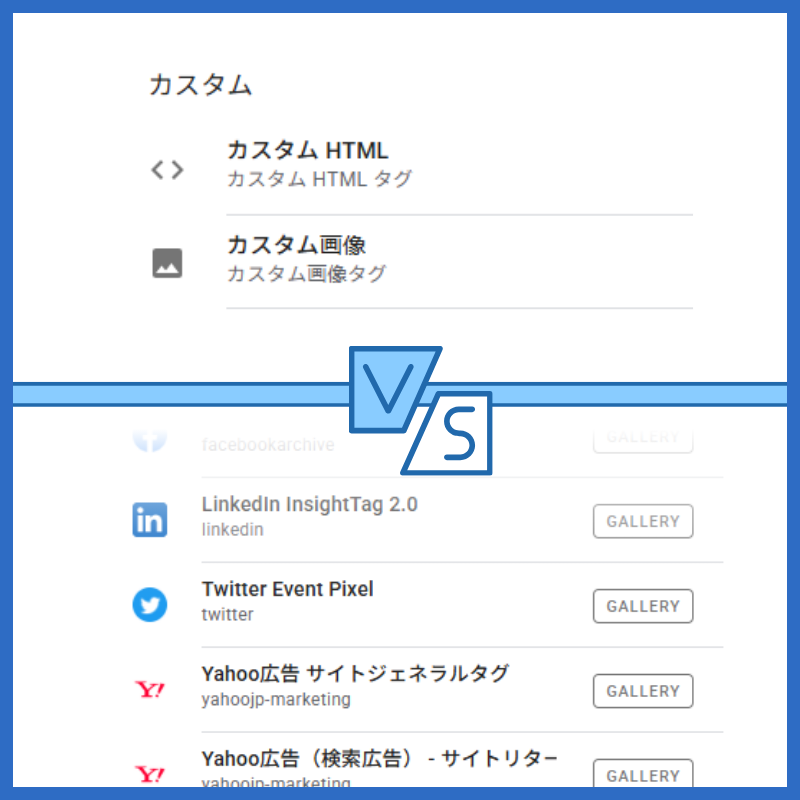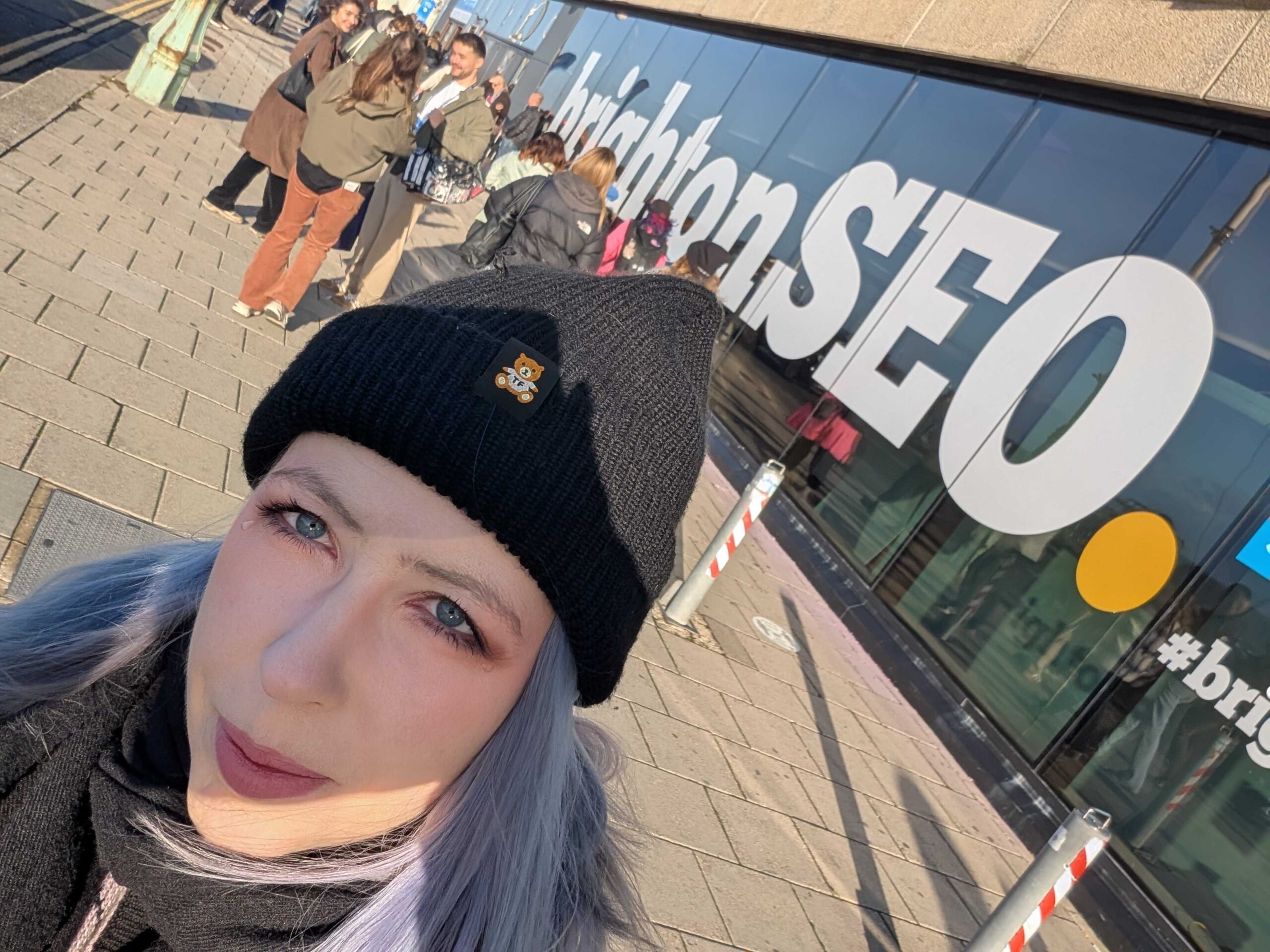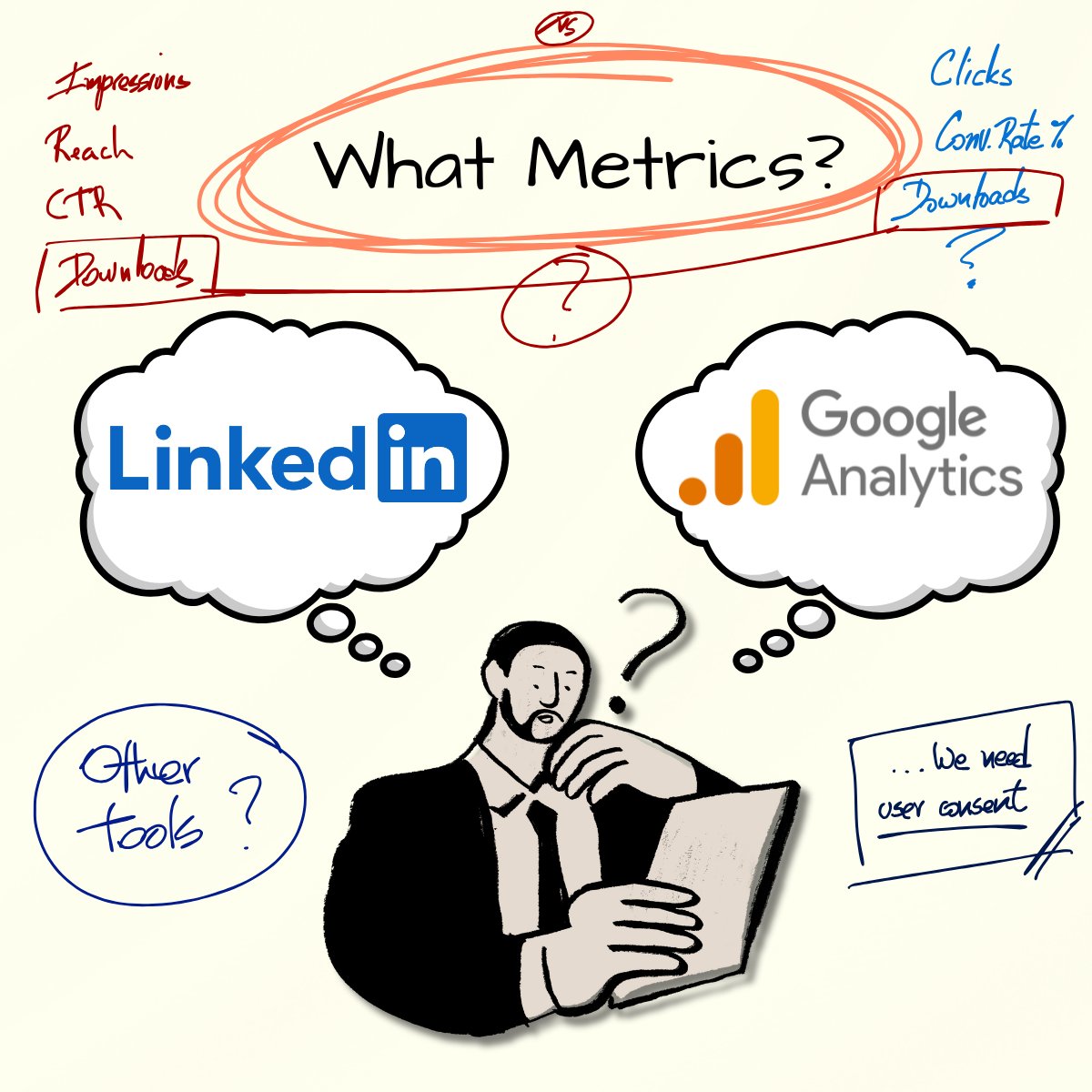
TLDR: Google Analytics and LinkedIn are powerful, but they measure different parts of the funnel — pick the right one based on your business goal, not habit.
When running campaigns on LinkedIn, we rely on in-platform metrics to track performance. But since Google Analytics is almost always in the mix, we also need to decide how to balance LinkedIn’s insights with GA’s post-click data. The challenge? These tools measure success differently — so applying the same metrics to both won’t always work.
LinkedIn is often used to drive awareness and engagement in B2B, upper-funnel strategies, helping marketers reach and nurture potential customers over long sales cycles. While Google Analytics is a tool for analyzing user behavior, often focused on the lower funnel, where actions like sign-ups, purchases, or other key conversions happen.
Both tools offer robust reporting, but their differences can make measuring success across campaigns confusing. Applying the same metrics to both doesn’t work — and I know this from experience.
Recognizing that different tools require different strategies can save time, frustration, and lead to better outcomes. (Yes, I’m talking to my younger, conversion-obsessed self!)
How should we approach this conundrum? What metrics should we focus on? How do we define success?
Start With Business, Not The Tool
The first mistake marketers tend to gravitate toward is focusing on the tool. Here’s this great tool — how can we use it? It’s tempting to start here, but it’s not the right question. To be fair, sometimes we can’t help it – professionals enjoy the tools of their trade. And for digital marketers, LinkedIn and Google are two powerhouses. That’s the wrong question. The right question is, here’s my business objective, can this tool deliver it?
Your Marketing Funnel
Understanding your marketing funnel, even a broad idea of the different stages a prospective user goes before they become a customer, helps – a lot.
Funnels are great because they help make sense of what success looks like. If we approach an awareness campaign hoping for conversions on a website, we’ll be disappointed in the results. Not necessarily because the campaign is ineffective, but because we’re looking at the wrong metrics.
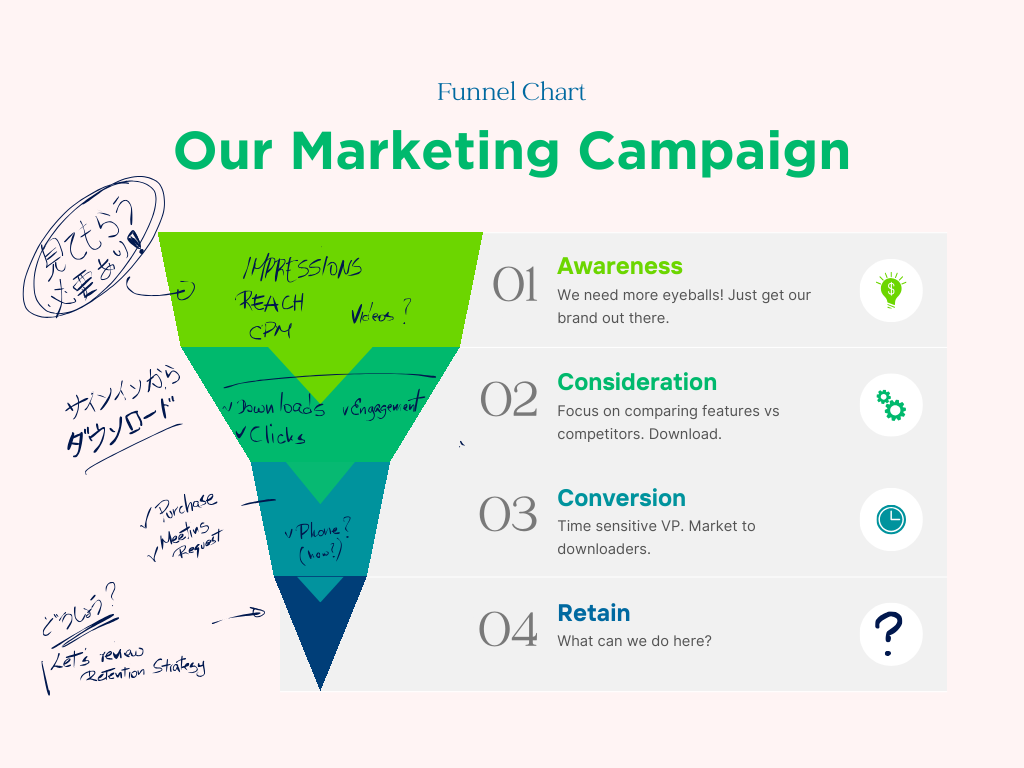
There are many ways you can approach a marketing funnel (like this or this). And if you haven’t thought about a funnel, it’s time to do it – even if it is a simple one like Awareness, Consideration and Conversion. Do it.
But careful! Many times marketers try to adopt a sales funnel and use it for marketing. While both funnels are connected and work together to drive growth, they require different strategies and metrics to be effective. Sales funnels and marketing funnels may work towards the same goal, but serve different purposes.
Foundation Check: Before Going Into the KPIs
Before going into the KPIs, let’s review what should be in place.
- Understand your objective. Why are you in business? Why run a campaign?
- Understand your funnel. What stage would it make sense to target with your campaign?
- Have a sense of what can control or influence in your campaign environment – i.e. ads design, copy, landing page structure, form fields, etc.
- Have a good grasp of the tools at hand – like GA4 and LinkedIn Business Manager.
Top of Funnel
When driving top of funnel campaigns and LinkedIn is involved, metrics like impressions, reach, engagement rate and click-through rate typically help define success and suggest next actions.

Notice the most common metrics for upper-funnel campaigns are LinkedIn metrics, not Google Analytics. In some ways, Google Analytics can become an unexpected distraction if not defined beforehand – even worse, they will be hard to translate into actions. Notice also the level of user consent across tools and metrics. Metrics like impressions and reach typically do not require user permissions. User consent affects data in lower funnel marketing campaigns much more.
| KPI | What It Measures | Platform | User Consent Required? | Actions to Take |
|---|---|---|---|---|
| Impressions | How many times your ad was shown. | No | If low, expand audience targeting or increase the budget. | |
| Reach | Unique users who saw your ad. | No | Broaden audience criteria or review targeting settings. | |
| Engagement Rate | % of users engaging with the ad (likes, comments, shares). | No | If low, test different creatives, messaging, or formats. | |
| Click-Through Rate (CTR) | % of users who clicked after seeing the ad. | No | If low, refine ad copy, visuals, or CTA for better relevance. |
LinkedIn has, of course, features to measure lower funnel metrics including cost per lead, conversions, lead form completions. These may be comparable with Google Analytics metrics. Here the decision to use GA or LinkedIn needs to be agreed upon beforehand.
Both tools have measurement pros and cons, but it is more important to have consistency when reporting.
Middle of Funnel
In the middle of the funnel, metrics start to shift from broad visibility to deeper engagement and consideration. Here, clicks, bounce rate, time on page, and form completion rates more often become the area of attention. These metrics tell the story of whether the audience is moving beyond the initial interaction and actually considering your offer.
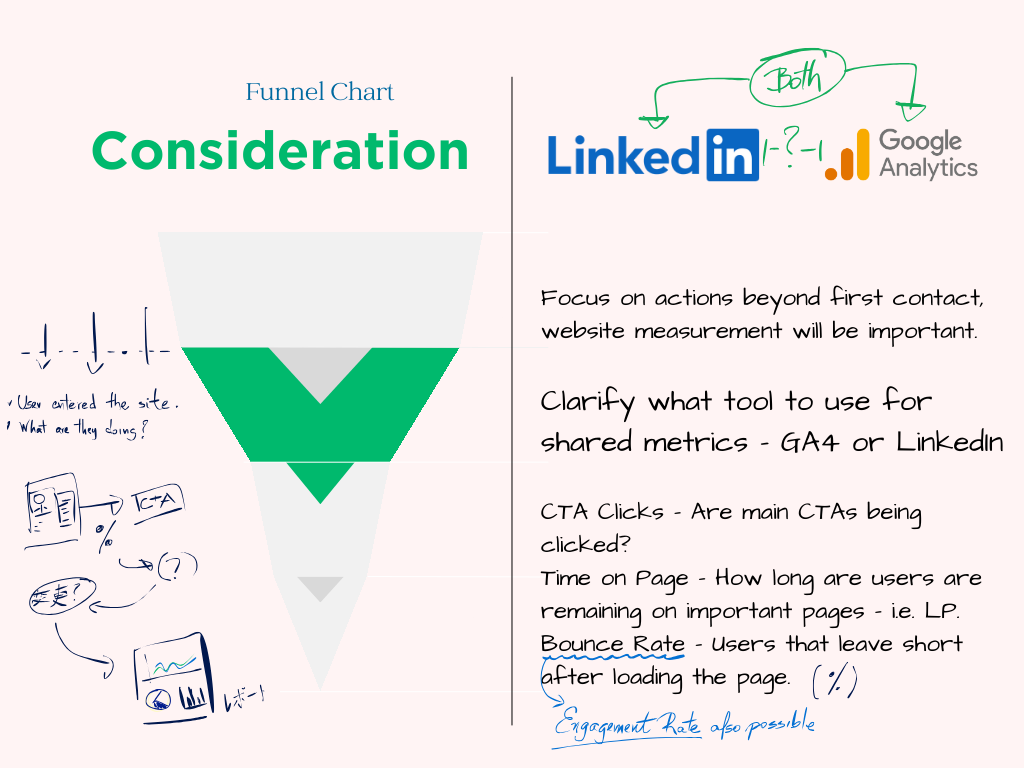
Also, this is where Google Analytics starts to take a stronger role. While LinkedIn can tell you if someone clicked, Google Analytics can show you what happened next — did they explore more, or did they bounce? Did they interact with the content or drop off?
The challenge is making sure you’re looking at the right metrics with the right tools. For instance, if you’re tracking landing page engagement but haven’t defined your tracking parameters in Google Analytics, you’re likely to miss key insights. And yes, user consent becomes more relevant here. If a user declines tracking, GA data can become limited — especially in measuring behavior after the click.
| KPI | What It Measures | Platform | User Consent Required? | Actions to Take |
|---|---|---|---|---|
| Clicks | Number of clicks on the ad or CTA. | No | Test stronger value propositions or more compelling CTAs. | |
| Bounce Rate | % of users who left the page without engaging. | Google Analytics | Yes | If high, optimize landing page content or improve loading speed. |
| Time on LP | How long users stay on the landing page. | Google Analytics | Yes | If low, enhance content to be more engaging or informative. |
| Form Completion Rate | % of users who completed the form. | LinkedIn / GA (if tracked) | Yes (if collecting personal data) | If low, simplify the form by removing unnecessary fields. |
Middle-funnel reporting needs to focus on clarity and intent. Is the user engaging? Are they showing signs of consideration? And is the data you’re seeing giving you an accurate view? These are the questions to ask before optimizing.
Lower Funnel
When it comes to lower-funnel campaigns, it’s all about conversions — whether that’s signing up, purchasing, or filling out a form. Metrics like conversions, conversion rates, cost per conversion, and ROAS come into focus.
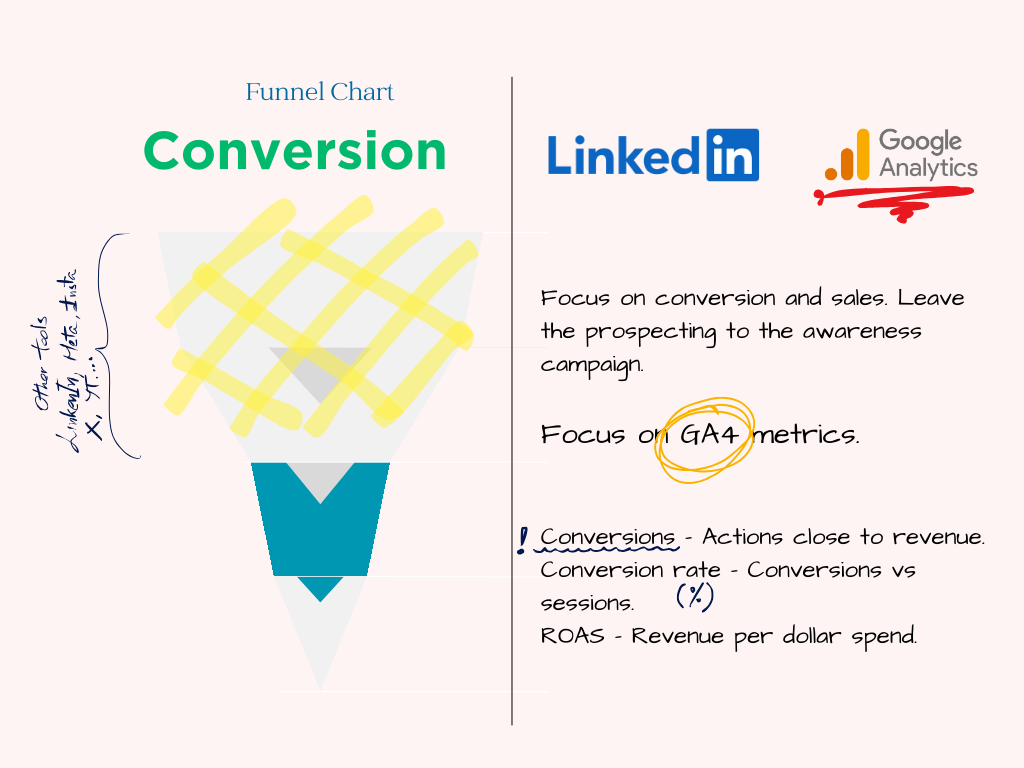
This is where LinkedIn and Google Analytics overlap, but it’s also where inconsistency can creep in if the tools aren’t aligned. For example, LinkedIn’s conversion metrics may differ from what Google Analytics captures, especially if user consent for tracking isn’t provided. It’s not just a matter of one tool being more accurate—it’s about deciding in advance which tool is your source of truth and ensuring that tracking is set up correctly.
| KPI | What It Measures | Platform | User Consent Required? | Actions to Take |
|---|---|---|---|---|
| Conversions | Total actions like purchases, sign-ups, or bookings. | Google Analytics | Yes | If low, check conversion paths and optimize landing pages. |
| Conversion Rate | % of users who completed a desired action. | Google Analytics | Yes | Refine offer clarity, landing page UX, or retargeting strategies. |
| Cost Per Conversion (CPCV) | How much you’re spending to acquire each conversion. | No | If high, optimize ad placements, creative, and targeting strategies. | |
| Return on Ad Spend (ROAS) | Revenue generated per dollar spent on ads. | Google Analytics | Yes | Adjust targeting to focus on higher-value audiences or improve creatives. |
And yes, user consent plays a major role here. Metrics like conversions and lead tracking often depend on explicit user permissions, especially in Google Analytics. If consent is limited, LinkedIn’s in-platform data may be your more reliable source.
Consistency matters. It’s better to have one consistent reporting source than to try and reconcile conflicting numbers after the fact. Pick your metrics, align your tools, and report with confidence.
The Right Tool To Choose
There is really no right tool — your strategy and understanding should dictate which one to use. The key is to stay consistent. Just because Google Analytics is in place, which in most cases it is, it doesn’t mean it’s the only or best option for understanding performance and acting on insights.
Yes, Google Analytics is typically better equipped to capture and activate data after a user has landed on your website, focusing on actions closer to conversion events. And also yes, tools like LinkedIn might be more effective in tracking and understanding upper-funnel strategies in a way that is more actionable within the platform itself.
Ultimately, the magic touch depends on how familiar you are with each tool and how much freedom you have to act on the data. Maybe you’re more comfortable with Google Analytics, but your organization has strict policies on what can be tracked — then LinkedIn might be the better choice. Maybe despite your comfort with LinkedIn, your business relies heavily on post-click behavior and needs deeper insights into user engagement — then Google Analytics is the way to go.
What matters most is choosing the tool that aligns with your goals and using it consistently. Mixing and matching metrics across platforms without a clear framework leads to confusion and misaligned reporting. Instead, define what success looks like, decide which tool best captures it, and ensure everyone on your team is aligned on how results are measured.
At the end of the day, it’s not about GA vs. LinkedIn—it’s about clarity, consistency, and actionable insights. The better you define your measurement strategy, the easier it becomes to optimize and drive real impact.

(グローバル)




